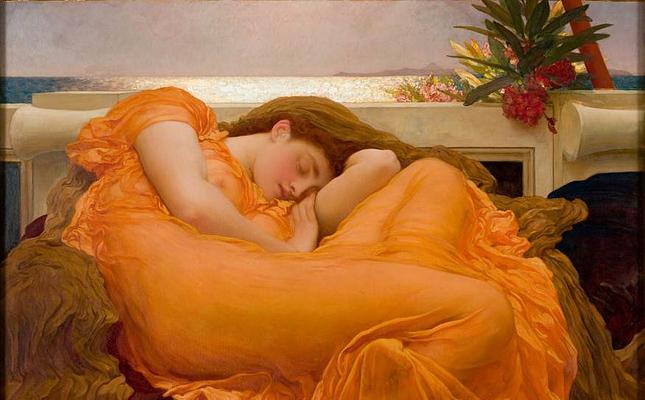12 quirky London museums
Explore brands, fans, faraway lands and more at 12 of our favorite unusual attractions.
London is home to dozens of world-famous museums and attractions that draw crowds from across the globe. If you’re looking to get off the beaten track and dive into something unusual, our 12 favorite quirky museums have got you covered.
Former “private palace of art” and studio of renowned Victorian artist Lord Leighton, today housing an impressive collection of his works and those of his contemporaries, the Leighton House Museum is an atmospheric sanctuary of art and design in the Holland Park district. The stunning Arab Room, with intricate mosaics and Islamic motifs inspired by Leighton’s travels in the Middle East, is worth a visit by itself.

Explore the history of London’s water supply from Roman times to today at this small museum housed in the Victorian-era Kew Bridge Pumping Station in Brentford. Check out their renowned collection of steam pumping engines, explore interactive exhibits on the little-known history of the city’s waterworks, or, if you’re in the mood, walk through tunnels and sewers.

Dedicated to fashion and textile design, this museum features temporary exhibitions rather than permanent displays in an eye-catching converted warehouse space. Explore the history and art of topics like vintage handkerchiefs, “Knitwear: From Chanel to Westwood” and swimwear style since 1900 through their rotating exhibits (but check the website to see what’s currently on display).

A hidden gem celebrating the life and legacy of ground-breaking public health nurse Florence Nightingale through a collection of her personal effects, nursing artifacts and related objects and documents set against vivid historical backdrop, this South Bank museum is small but informative, well-organized and engaging, even for someone with little background knowledge. A great stop for anyone interested in nursing, medical and public health history or just looking to learn more about an important historical figure.

Learn about the history of psychoanalysis, explore Sigmund Freud’s study and collections and see his iconic psychoanalytic couch at this Hampstead museum, housed in the home Freud shared with his daughter, Anna, after they escaped Nazi Germany. Artifacts relating to Anna’s life and work as a pioneer in child psychology — including her own psychoanalytic couch — are also on display. Leave some time to visit the temporary exhibits exploring themes in Freud’s life and work, inspired by the house, and to explore the garden, still meticulously maintained.

Housed in the Brunel Engine House, a structure originally designed to extract water from the Thames Tunnel, the Brunel Museum pays tribute to the achievements of father and son engineering team, Sir Marc and Isambard Brunel. Discover the history of an underappreciated marvel of the modern day, the underwater Thames Tunnel, as well as other construction feats of one of the greatest “engineering dynasty.” Regular concerts, performances, workshops and even pop-up bars make good use of the museum’s underground space, so make sure to check their website for the latest goings on.

Music lovers shouldn’t miss the chance explore the lives of two music icons -- baroque composer George Frideric Handel and legendary rock musician Jimi Hendrix -- who lived in these buildings “separated by a wall and 200 years.” At 25 Brook Street, explore Handel’s home, restored to how it was during his occupancy in the 1700s. Head next door to 23 Brook Street to learn about the life and legacy of Hendrix, called the address home in the late 20th century.

Explore consumer culture and design from Victorian times to the present through this museum’s evocative and colorful celebration of commercial art, put in historical context. Located in the upscale Notting Hill neighborhood, this museum is a must-visit for any lovers of vintage design. The eclectic collection of around 12,000 consumer products, arranged by decade, will transport you through the ages of consumerism and leave you full of childhood nostalgia.

Named for pioneering Egyptologist Sir Flinders Petrie, this small University College London museum is packed with dusty, old-fashioned charm and 80,000 objects representing ancient life in the Nile Valley spanning several millennia. Regular events and talks explore everything from the politics of artifact distribution, to specific artifacts in the immense collection, to modern art creation.



